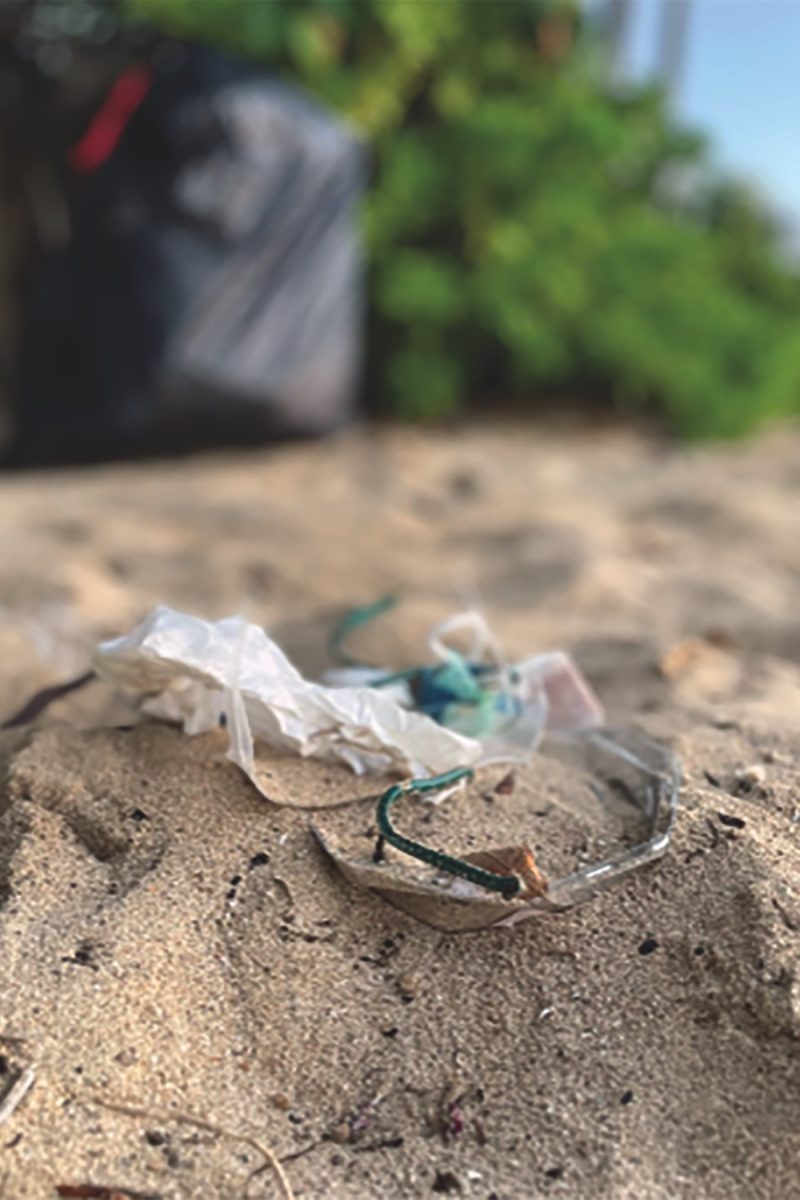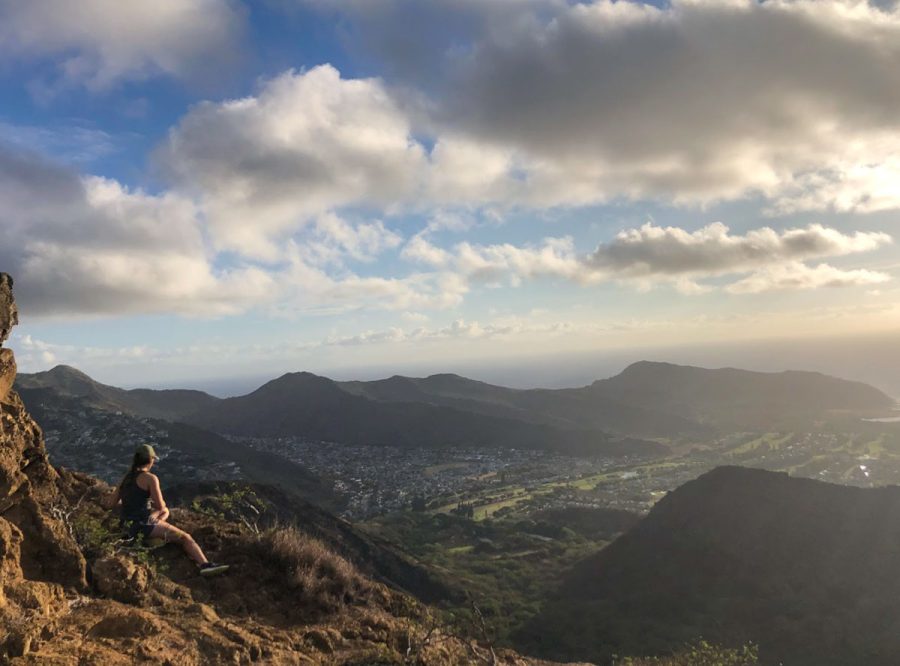Beneath the ocean surface lies a beautiful arrangement of vibrant coral reefs that are home to various marine species that rely on the coral gardens for food and shelter. Today, however, their homes have been fading into ghostly white sanctuaries that are no longer capable of providing life for marine animals. This is caused by coral bleaching, which is triggered by rising sea temperatures and climate change. In order to preserve endangered coral reefs, the National MPA Center established marine protected areas (MPAs), which is a law that protects specific ocean regions from harmful human activities. However, this protective act became controversial as it upset some individuals while also satisfying others.
The Marine Protected Areas law is a crucial defense act against the destruction of coral reef communities and the marine life that depends on them.
Imagine the heartbreaking sight of vibrant coral reefs turning ghostly white and their once-thriving ecosystems now in shambles. Coral bleaching is a devastating effect of climate change, but marine protected areas offer hope. MPAs create safe havens where coral reefs can withstand the stress of rising ocean temperatures, which originates from unhealthy human activities. Approximately 75% of coral bleaching is caused by overfishing, coastal development, destructive fishing practices, and much more that humans contribute to. However, in MPAs, coral communities finally have a chance to survive and recover.
Scientific evidence already proves that MPAs help coral reefs survive, with reefs in protected areas being healthier than those outside. MPAs reduce the anthropogenic stressors that weaken coral reefs and make them vulnerable to warmer waters, which prevents them from becoming victims of turning white. Research proves that coral reefs in well-managed MPAs are 50% more resilient to bleaching events than those in areas with higher human impact. By creating these refuges, MPAs ensure that coral reefs can maintain healthier, more robust populations, providing a much-needed buffer against climate change.
The benefits of MPAs extend beyond just coral conservation as they also have economic qualities. Healthy coral reefs are important to coastal communities that rely on tourism and fishing. For example, the tourism industry in the Maldives is heavily reliant on coral reefs, and MPAs there have played a crucial role in maintaining the health and beauty of the reefs. This connection between environmental protection and economic well-being highlights the significance of MPAs, which is a point supported by leading environmental organizations like the IUCN and World Resources Institute, who also believe in sustaining biodiversity and supporting local economies.
Some argue that MPAs are too expensive and difficult to enforce, especially in developing nations with limited resources. However, this perspective ignores the long-term economic benefits of MPAs. Research shows that for every $1 spent on MPAs, there is a return of $5 in ecosystem services and fisheries. Additionally, a report from the World Wildlife Fund found that MPAs in developing communities can boost local economies by up to 40% through ecotourism and sustainable fishing. Combined with the ecological benefits, these financial returns make MPAs a worthwhile investment that benefits both people and marine life.
A solution to the challenges of MPAs is combining local community involvement with funding partnerships. Having local communities managing and enforcing MPAs can reduce costs and promote sustainable practices for the environment. International organizations like the United Nations or World Bank can provide funding to cover expenses and ensure success, making MPAs more effective and accessible for all.
We must take responsibility for our actions by preventing pollution, reducing overfishing, and actively advocating for the establishment of more marine protected areas to ensure that coral reefs survive and thrive for generations to come.
Works Cited
Byun, Jeehye, et al. “Charge-Specific Size-Dependent Separation of Water-Soluble Organic Molecules by Fluorinated Nanoporous Networks.” Nature News, Nature Publishing Group, 10 Nov. 2016, www.nature.com/articles/ncomms13377. Accessed 25 Feb. 2025.
Cooney, Margaret, and Emma Shapiro. “How Marine Protected Areas Help Fisheries and Ocean Ecosystems.” Center for American Progress, 2 Nov. 2021, www.americanprogress.org/article/marine-protected-areas-help-fisheries-ocean-ecosystems/#:~:text=MPAs%20conserve%20biodiversity%2C%20enhance%20resilience,restore%20endangered%20species%20and%20ecosystems. Accessed 25 Feb. 2025.
Darrah, Petrina. “What Is Marine Conservation?” GVI, 9 May 2023, www.gvi.co.uk/blog/smb-what-is-marine-conservation/#:~:text=One%20of%20the%20most%20well,of%20coral%20reefs%20and%20islands. Accessed 25 Feb. 2025.
“Financing Marine Protected Areas.” WWF, wwf.panda.org/discover/knowledge_hub/where_we_work/coraltriangle/solutions/marine_protected_areas/. Accessed 28 Feb. 2025.
“Marine Protected Areas and Climate Change.” IUCN, 20 July 2022, iucn.org/resources/issues-brief/marine-protected-areas-and-climate-change?utm_source=chatgpt.com. Accessed 28 Feb. 2025.
“The Spillover Effect of Marine Reserves.” NSF, 16 Feb. 2021, www.nsf.gov/news/spillover-effect-marine-reserves#:~:text=Marine%20reserves%20are%20among%20the,reserves%20as%20beneficial%20for%20fisheries. Accessed 28 Feb. 2025.
US Department of Commerce, National Oceanic and Atmospheric Administration. “What Is Coral Bleaching?” NOAA’s National Ocean Service, 15 Mar. 2010, oceanservice.noaa.gov/facts/coral_bleach.html#:~:text=Change%20in%20ocean%20temperature%20Increased,can%20bleach%20near%2Dshore%20corals. Accessed 28 Feb. 2025.
“What Is a Marine Protected Area (MPA)?” What Is a Marine Protected Area (MPA)? : Ocean Exploration Facts: NOAA Office of Ocean Exploration and Research, oceanexplorer.noaa.gov/facts/mpas.html#:~:text=A%20marine%20protected%20area%20is,ecosystems%20services%2C%20or%20cultural%20heritage. Accessed 28 Feb. 2025.









